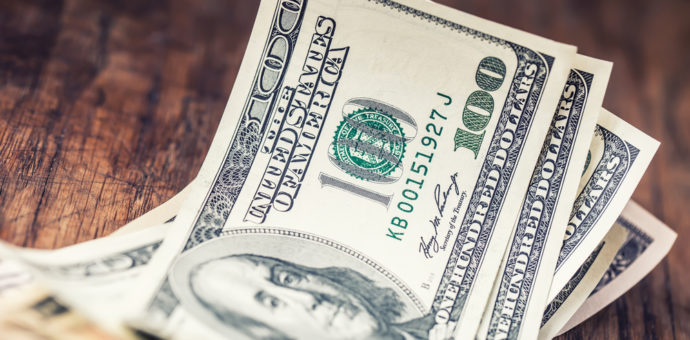Strategists at financial institutions such as Goldman Sachs and J.P. Morgan foresse a devaluation of the dollar, after a recent wave of optimism surrounding the global recovery. The U.S. currency presented more than two years of near-uninterrupted appreciations in March and remained strong even when the Federal Reserve cut interest rates to near-zero levels and flooded markets with dollars through international swap lines.
According to analysts, several pillars of the dollar have lost strength recently or began to fluctuate. Major economies, including China’s, had begun to resume operations in view of low contamination rates. The Franco-German proposal for a recovery of the European Union (EU) had boosted the euro by alleviating fiscal concerns across Europe.
Analysts at J.P. Morgan anticipate a feeling of greater optimism about global growth, due to loosening of confinement rules in different places. This would have become “a key driver” of the mass sale of dollar contracts.
In March, when concerns surrounding the covid-19 outbreak reached their peak, the dollar soared, accompanied by a vertical drop in the stock markets. Since then, concerns about rising risks in the euro zone and tensions between the U.S. and China have spurred bets on safe havens, which has kept the dollar strong.
The dollar lost attractiveness when U.S. interest rates were cut to near zero levels, but investors struggled to find alternatives.
Transfero’s thesis foresees devaluation of the dollar
For Transfero, the long-term devaluation of the dollar is practically a certainty, due to the massive injection of money into the American economy. This injection may even lead investors to question the soundness of the U.S. economy. In the long run, this may mean the loss of the position as world-wide reserve currency.







